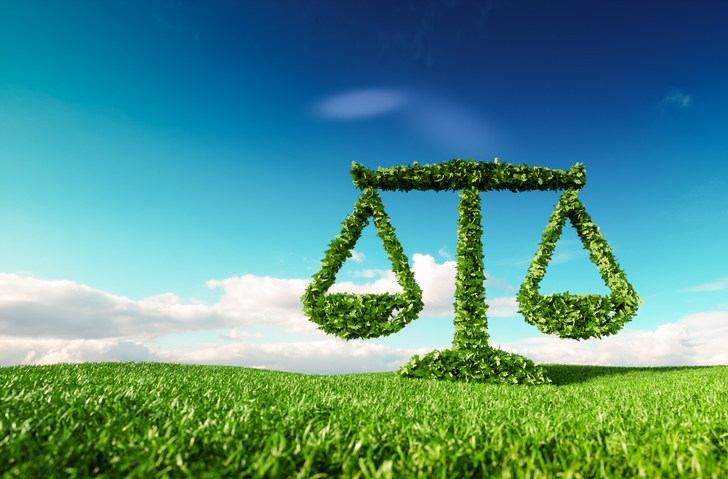Managing Climate Change Action Volatility

The past few years have been characterized by an abundance of mandatory climate reporting regulations and sustainability standards.
However, under President Donald Trump’s administration, there’s been a “pullback and somewhat dramatic shift” in political sentiment, says Adam Fishman, associate director at BSR, a sustainable business network and consultancy.
Last week, for example, the U.S. Securities and Exchange Commission (SEC) took steps to stall the climate disclosure rule, approved in 2024, that requires public companies to report their greenhouse gas emissions. Additionally, tariffs, environmental rollbacks and removal of energy efficiency standards also are impacting climate actions, Fishman said during a webinar hosted by Reuters last week.
“These recent political and economic events are disrupting what had been a clear and steady signal for business,” he said during “Balancing Decarbonization Projects Alongside Competing Business Priorities.” They are causing organizations to reevaluate their priorities, including those involving climate change, he said.
Over the next 10 years, the top risks to businesses will all be environmental, Fishman said. “It’s clear that climate and environmental impacts on companies do have a direct relationship to business priorities,” he said. Studies show that C-suite executives cite climate change as a top initiative and that a large majority believe their companies can grow while reducing their carbon emissions, he added.
Oatly’s Sustainable Measures
Oatly is working to ensure that sustainability impacts are considered along with cost and other production factors, said Erin Augustin, co-lead global sustainability and vice president sustainability operations and supply chain at the company, which produces dairy alternatives made of oats.
“We know that choices have to be made, and trade-offs are always present,” said Augustin, another presenter. “But we can hold ourselves accountable … to understand the sustainability aspects of a decision and seriously consider the trade-offs in each case.”
The company seeks out partners that share its sustainability values, which helps the company to reach to reach its “commitments and ambitions,” she said. For example, when needed to replace a boiler, the company found a hybrid model that ran on natural gas or biomass pellets. Oatly’s intention is to use biomass pellets, but the hybrid model provides flexibility — and the opportunity to source more sustainable fuel to fit in with decarbonization goals, she said.
Climate Change and Cocoa
The third panelist, Laura Ann Schweitzer, director of sustainability and strategic sourcing at Tcho Chocolate in Berkeley, California, said that becoming a certified B Corp in 2021 was a catalyst for the manufacturer to scope out its carbon footprint.
Transportation, particularly congested shipping routes, contribute to the problem, she said. A difference-maker, however, is that the factory is “powered off of the grid,” she said. “So, when there are improvements in the renewable energy sources available to us directly from our energy provider, as there have been over the past four years, it really makes a big difference.” Those are “big wins” for the company, she said.
Cocoa is grown between 20 degrees north and 20 degrees south of the equator, Schweitzer said, “and tropical agriculture is very much on the forefront of climate change.” Some of the communities Tcho has worked with have suffered extreme climate impacts, she said.
“So, Tcho’s business model and our approach to decarbonization — to climate — is very linked to our economic modeling,” she said. The company’s cocoa purchases are all fair-trade certified. “For us, that’s just a baseline standard,” she said. “It’s the No. 1 thing we can do in our supply chain to work towards environmental sustainability.”
Tcho ensures that the small holder farmers in its supply chain understand and comply with environmental regulations, compensating them accordingly, Schweitzer said: “So, if we want to ensure there is no deforestation — which we do — we include an economic incentive and include proper payment for all of the mapping and additional actions that need to take place,” she said.


